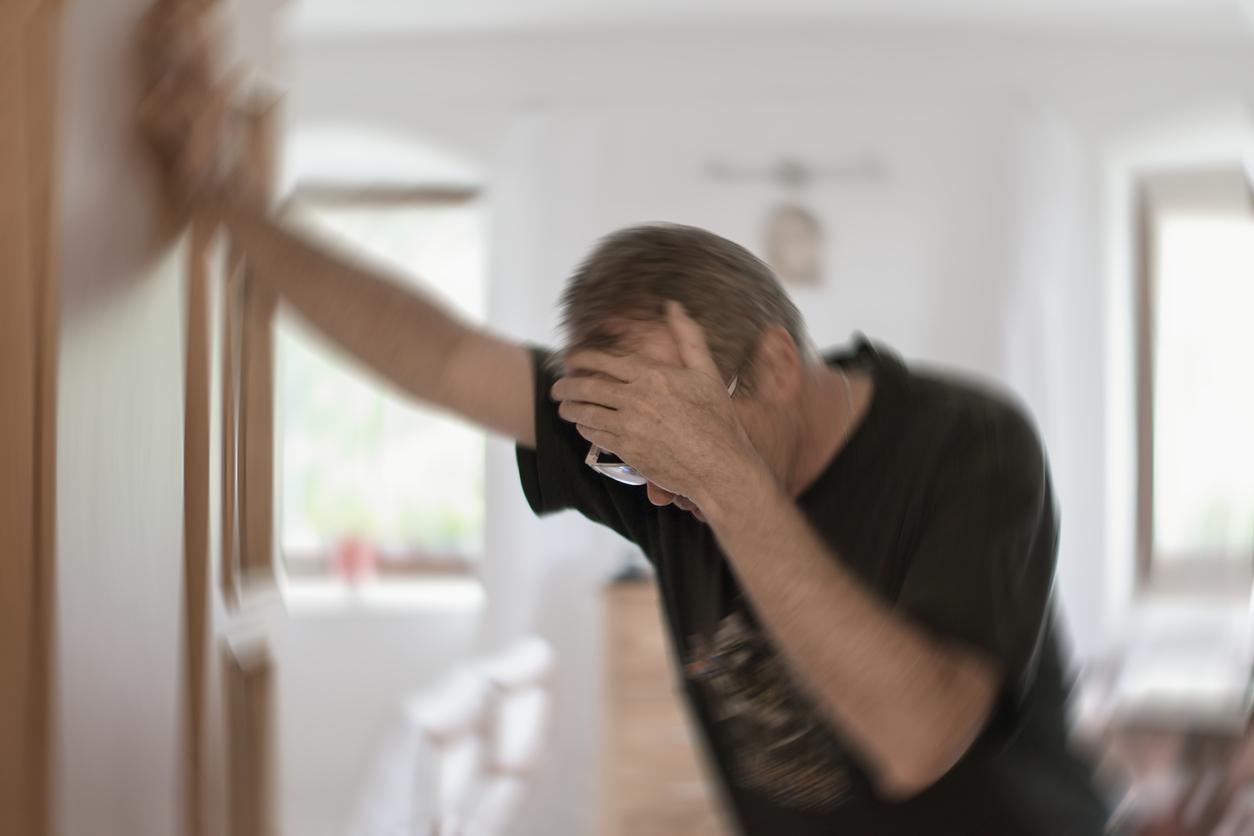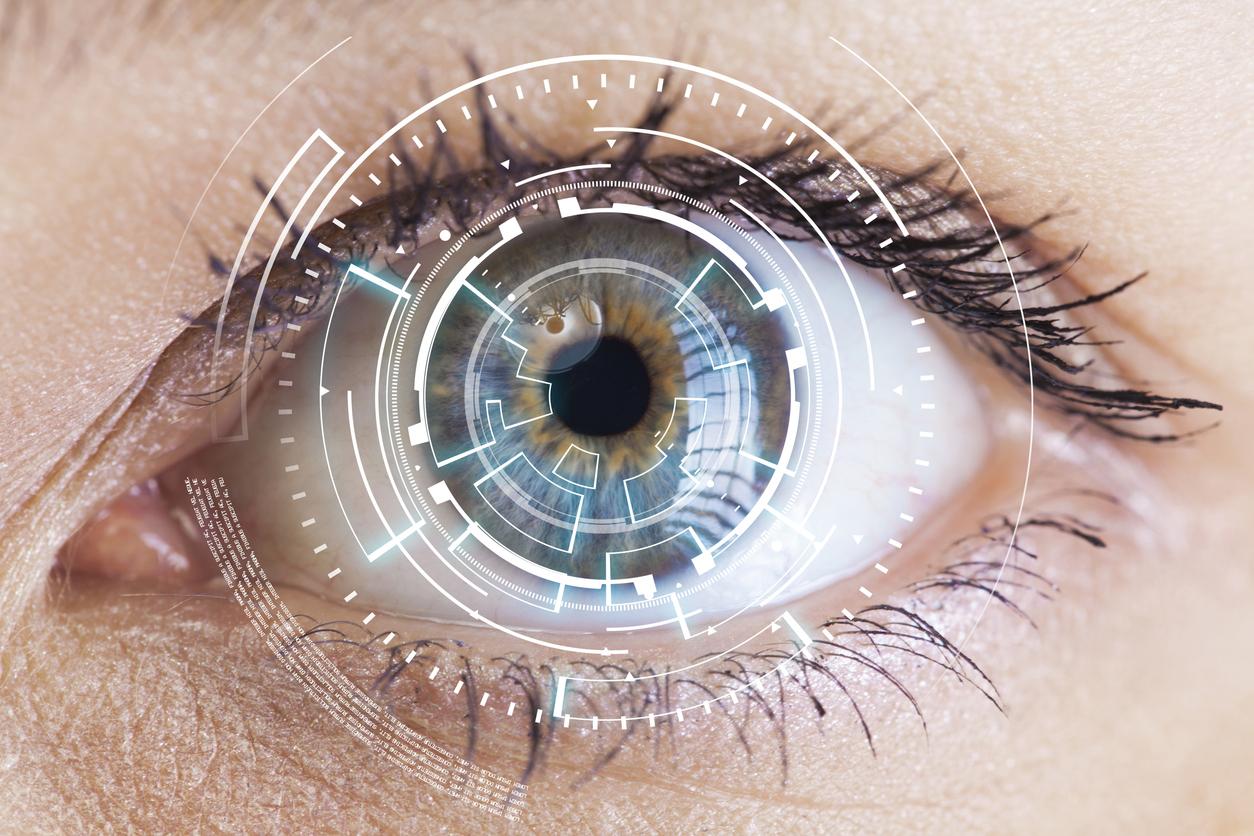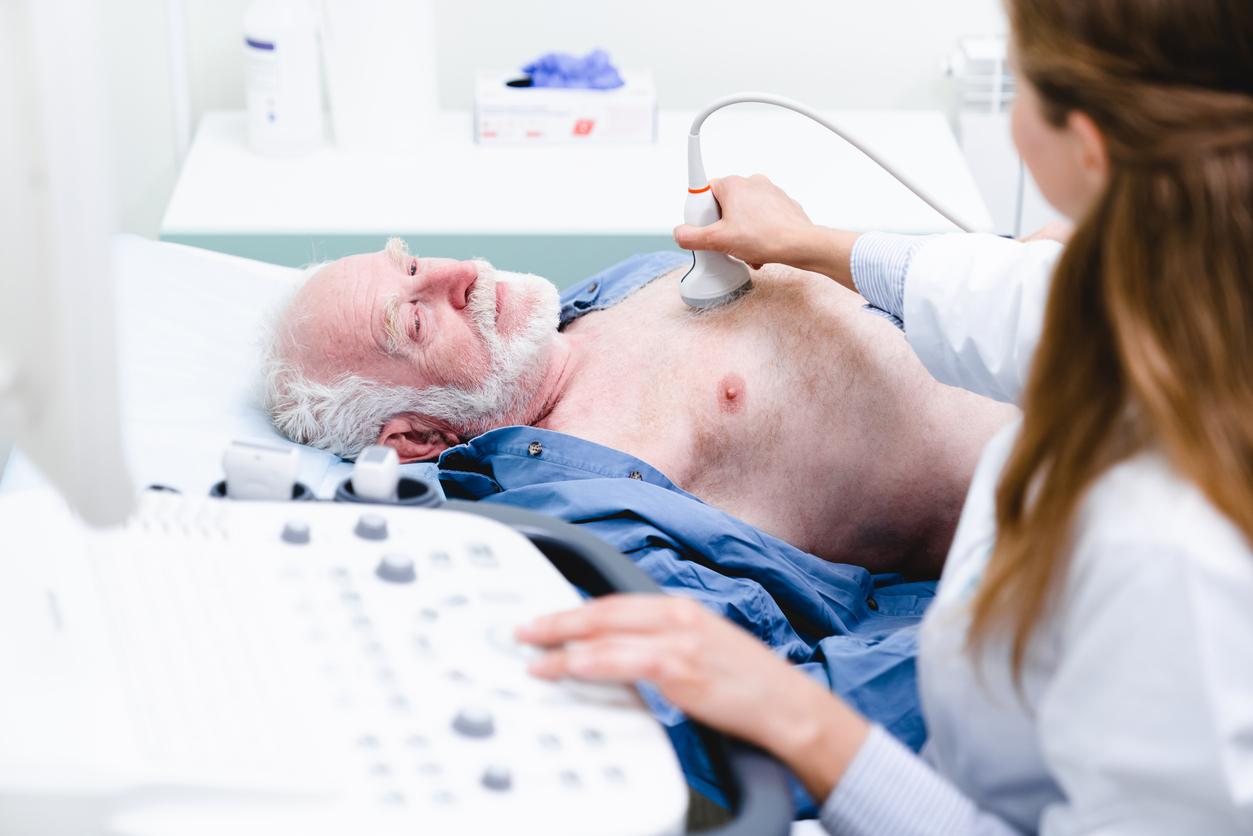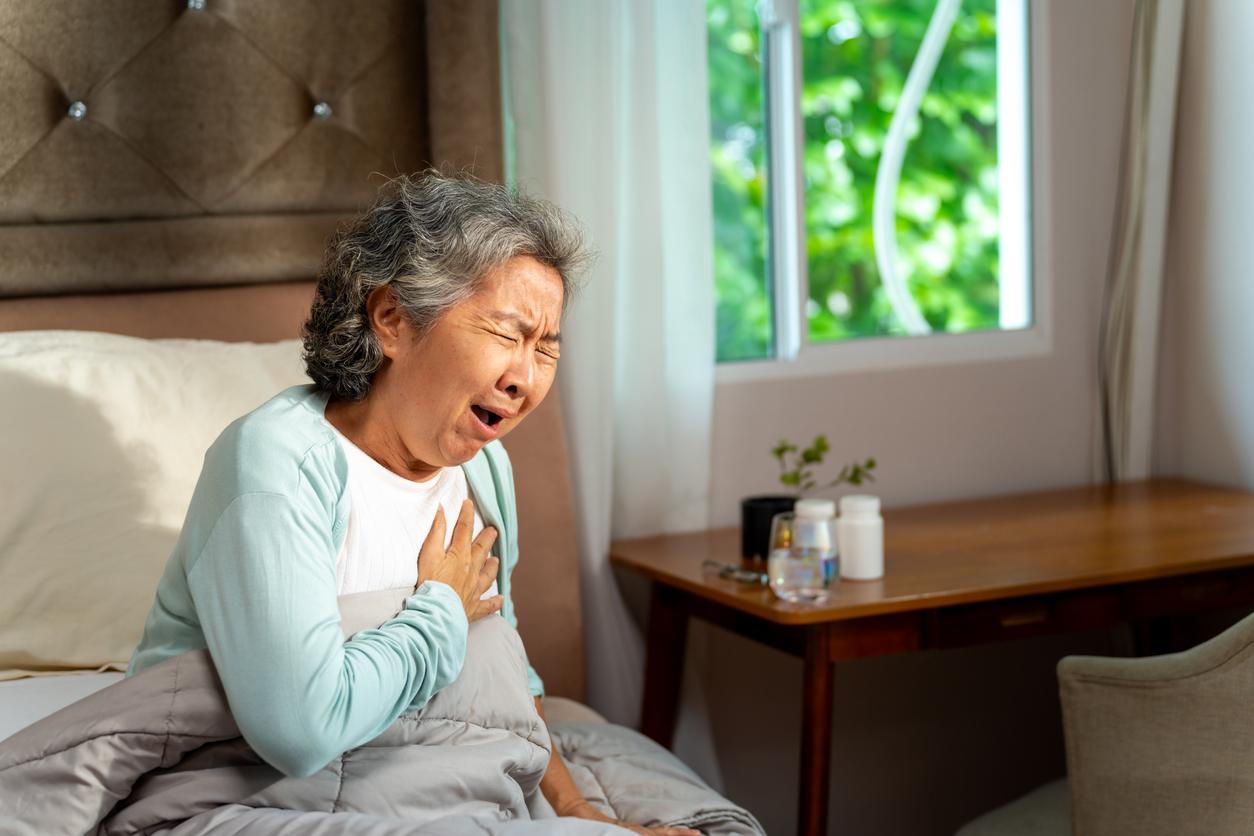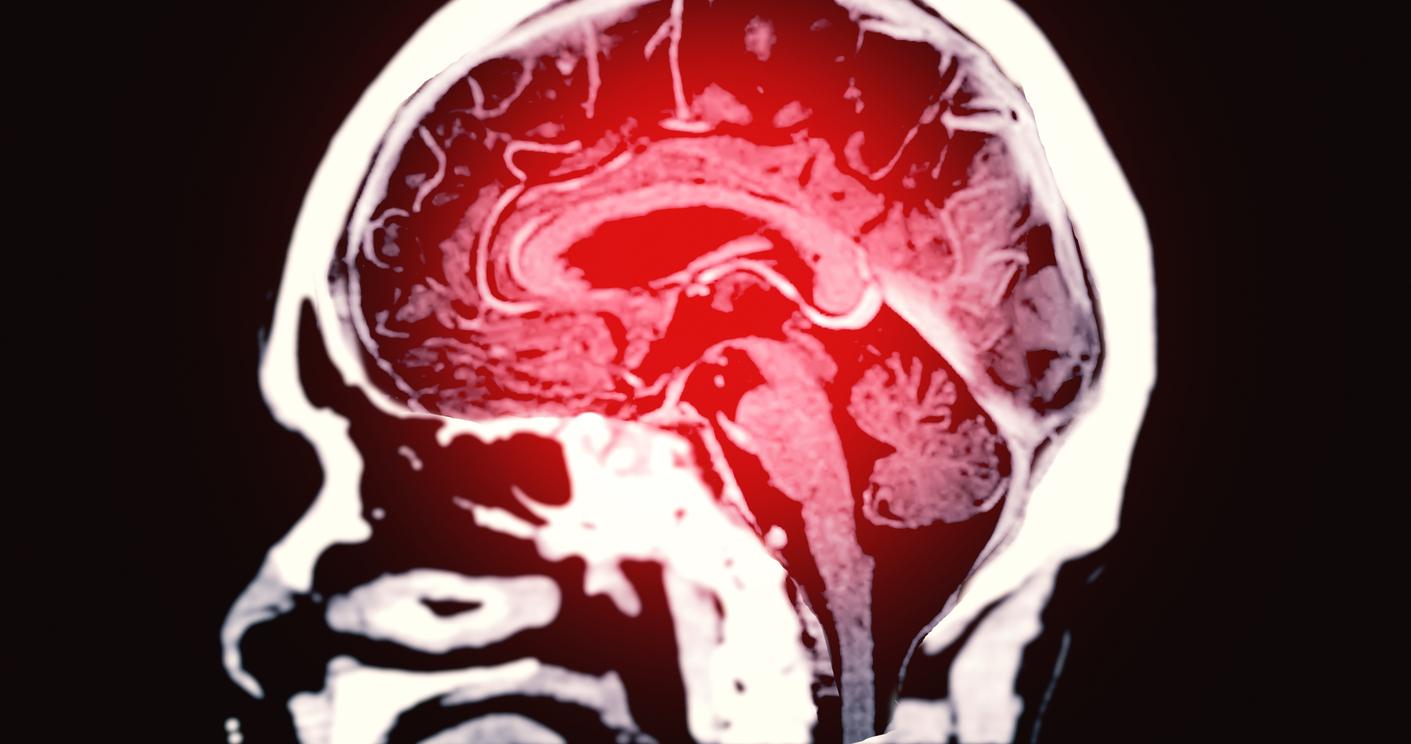Little is known about the warning signs of stroke, yet 130,000 French people are victims of it each year. On the occasion of World Stroke Day, specialists remind us how to detect it.
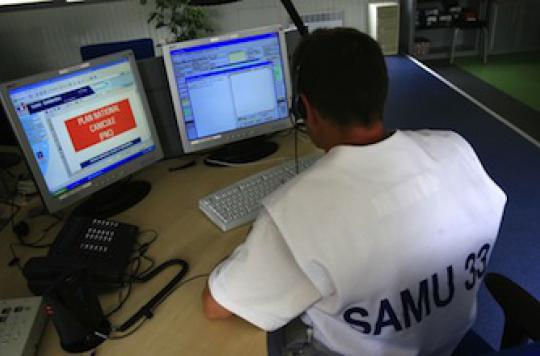
With nearly 130,000 people who are victims of it every year, the toll of cerebrovascular accident (stroke) is heavy in France. Formerly called “apoplexy”, and sometimes called “stroke”, this accident actually refers to the obstruction or rupture of a vessel carrying blood in the brain, resulting in oxygen deprivation. It is therefore a medical emergency. Stroke can indeed be fatal, and in half of the cases leads to sequelae that are all the more important as the treatment has been delayed. As a result, it is still the leading cause of acquired disability in adults, as well as the second leading cause of dementia (after Alzheimer’s disease). Finally, it is above all the third cause of death in France. So, faced with these worrying figures, and on the occasion of the World Day which takes place this Tuesday, the specialists recall that a good knowledge of this accident can save lives. why actor thus informs you about the warning signs of a stroke.
Symptoms
Certain signs, corresponding to the areas most frequently affected, should make one think of stroke. It is often numbness, weakness or one more sudden paralysis of an arm, leg, face or half of the body (this is hemiplegia). Then, difficulties in speaking (aphasia) very often appear, accompanied by visual disturbances. Finally, disturbances in balance, coordination or walking and sudden severe headaches with no known cause are also warning signs.
How to react
All of these signs should be alert, even if they are brief and resolve within a few minutes. It is therefore necessary to act as quickly as possible before the lesions are irreversible. During a stroke, one minute lost means two million neurons are destroyed. So, as every moment counts, in front of one or more symptoms, it is necessary to adopt the good reflex which is to immediately call the Samu (15 or 112), which will direct towards the adapted structure. It is therefore strongly recommended not to wait for your doctor, or to go yourself to the emergency room, which could lead to a loss of time in the event that the administration of a treatment aimed at dissolving the clot is possible. Prompt treatment often reduces brain damage and therefore the risk of sequelae and death associated with these serious accidents.
Source: SFNVtube
.







